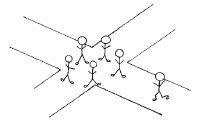Kanji Research Group - Essential Japanese Kanji Volume 2: (JLPT Level N4) Learn the Essential Kanji Characters Needed for Everyday Interactions in Japan
Here you can read online Kanji Research Group - Essential Japanese Kanji Volume 2: (JLPT Level N4) Learn the Essential Kanji Characters Needed for Everyday Interactions in Japan full text of the book (entire story) in english for free. Download pdf and epub, get meaning, cover and reviews about this ebook. year: 2016, publisher: Tuttle Publishing, genre: Science / Home and family. Description of the work, (preface) as well as reviews are available. Best literature library LitArk.com created for fans of good reading and offers a wide selection of genres:
Romance novel
Science fiction
Adventure
Detective
Science
History
Home and family
Prose
Art
Politics
Computer
Non-fiction
Religion
Business
Children
Humor
Choose a favorite category and find really read worthwhile books. Enjoy immersion in the world of imagination, feel the emotions of the characters or learn something new for yourself, make an fascinating discovery.
- Book:Essential Japanese Kanji Volume 2: (JLPT Level N4) Learn the Essential Kanji Characters Needed for Everyday Interactions in Japan
- Author:
- Publisher:Tuttle Publishing
- Genre:
- Year:2016
- Rating:5 / 5
- Favourites:Add to favourites
- Your mark:
Essential Japanese Kanji Volume 2: (JLPT Level N4) Learn the Essential Kanji Characters Needed for Everyday Interactions in Japan: summary, description and annotation
We offer to read an annotation, description, summary or preface (depends on what the author of the book "Essential Japanese Kanji Volume 2: (JLPT Level N4) Learn the Essential Kanji Characters Needed for Everyday Interactions in Japan" wrote himself). If you haven't found the necessary information about the book — write in the comments, we will try to find it.
This new edition Packed with fun quizzes and useful exercises and has been repackaged in a more compact, value-for-money size while losing none of the content that has made it a long-selling favorite. Key features of Essential Japanese Kanji include:
- Introductory quizzes to introduce everyday situations in which the Kanji are used
- A vocabulary section to help you understand the readings and meanings of each Kanji
- New character charts presenting all the Kanji clearly and systematically
- Definitions, readings, stroke orders and compounds for each character
- Practice sections help you to improve your skills
- Advanced Placement Exam practice questions follow the format of the College Board exam
Kanji Research Group: author's other books
Who wrote Essential Japanese Kanji Volume 2: (JLPT Level N4) Learn the Essential Kanji Characters Needed for Everyday Interactions in Japan? Find out the surname, the name of the author of the book and a list of all author's works by series.

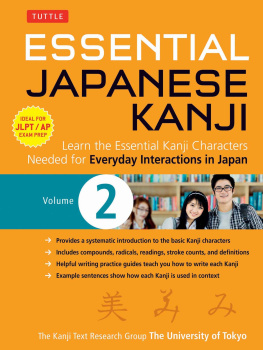
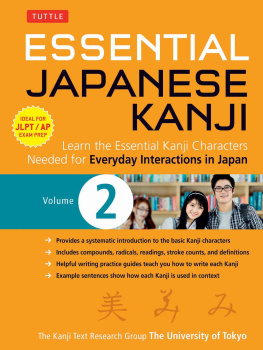
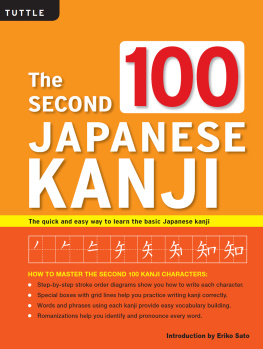
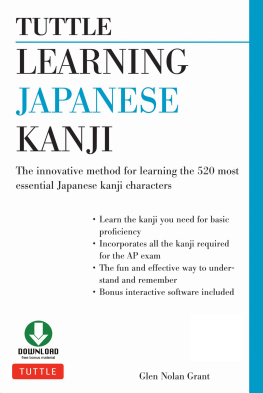
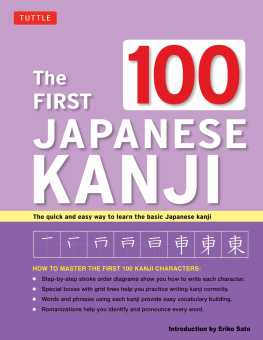
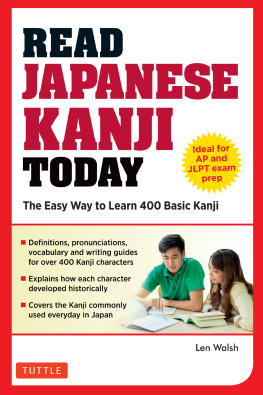

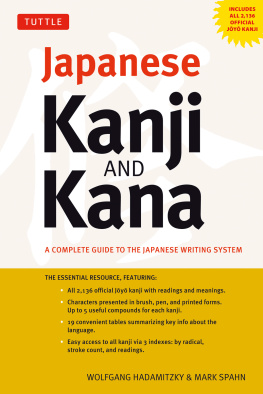
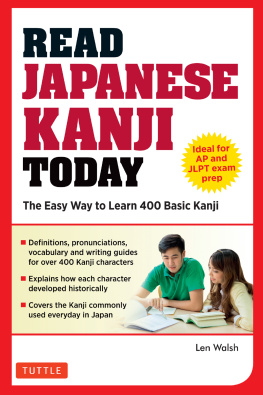
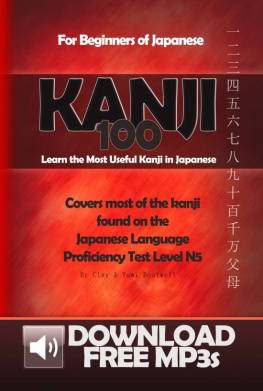
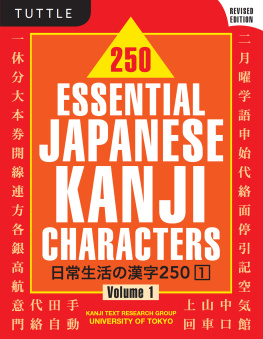
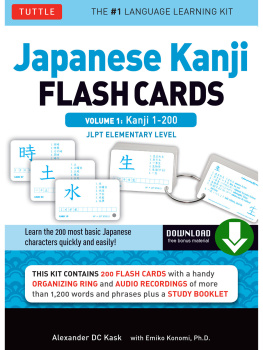
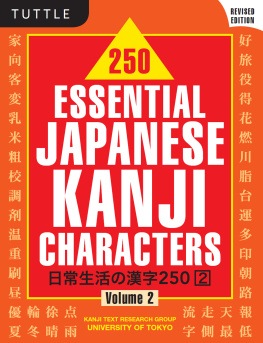
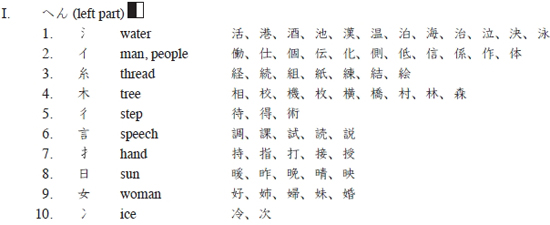
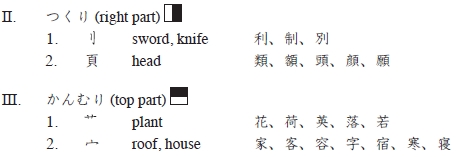
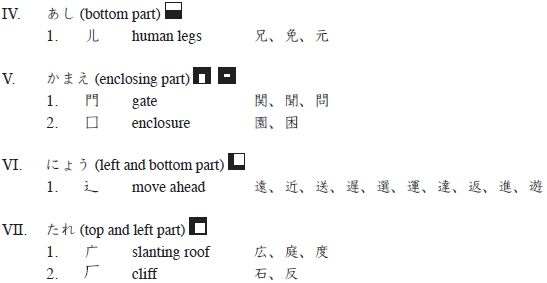 APPENDIX B Kanji Compounds I. Main Types of Compounds and Some Examples Type I. Adjective + Noun Type 2. Verb (Modifier) + Noun Type 3.
APPENDIX B Kanji Compounds I. Main Types of Compounds and Some Examples Type I. Adjective + Noun Type 2. Verb (Modifier) + Noun Type 3.  Introductory Quiz Look at the illustrations below and refer to the words in Vocabulary . Then try the following quiz.
Introductory Quiz Look at the illustrations below and refer to the words in Vocabulary . Then try the following quiz. 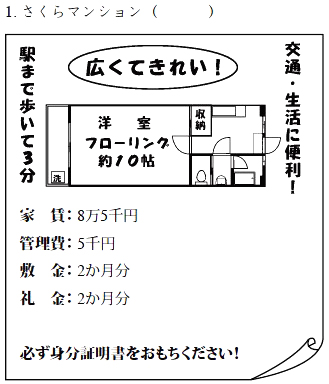
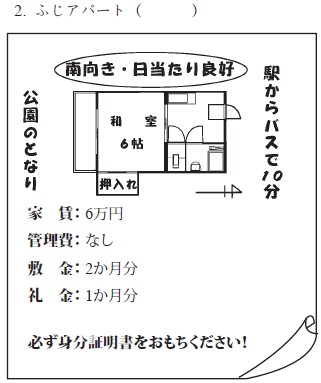
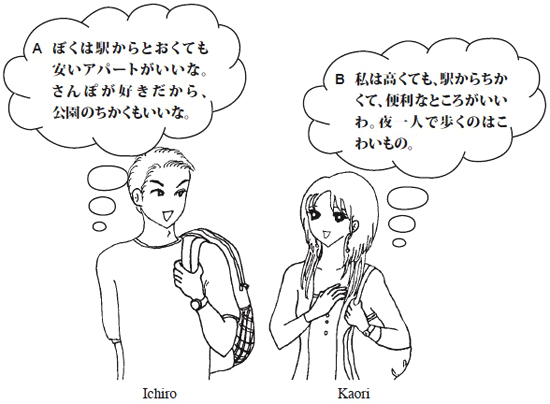 Vocabulary Study the readings and meanings of these words to help you understand the Introductory Quiz .
Vocabulary Study the readings and meanings of these words to help you understand the Introductory Quiz . 
 Roof and arm combined, means the space in the house where one can stretch arms widely.
Roof and arm combined, means the space in the house where one can stretch arms widely. 
 Six people are at work and interacting . Thus means to cross or exchange.
Six people are at work and interacting . Thus means to cross or exchange. 